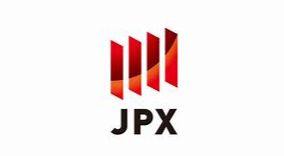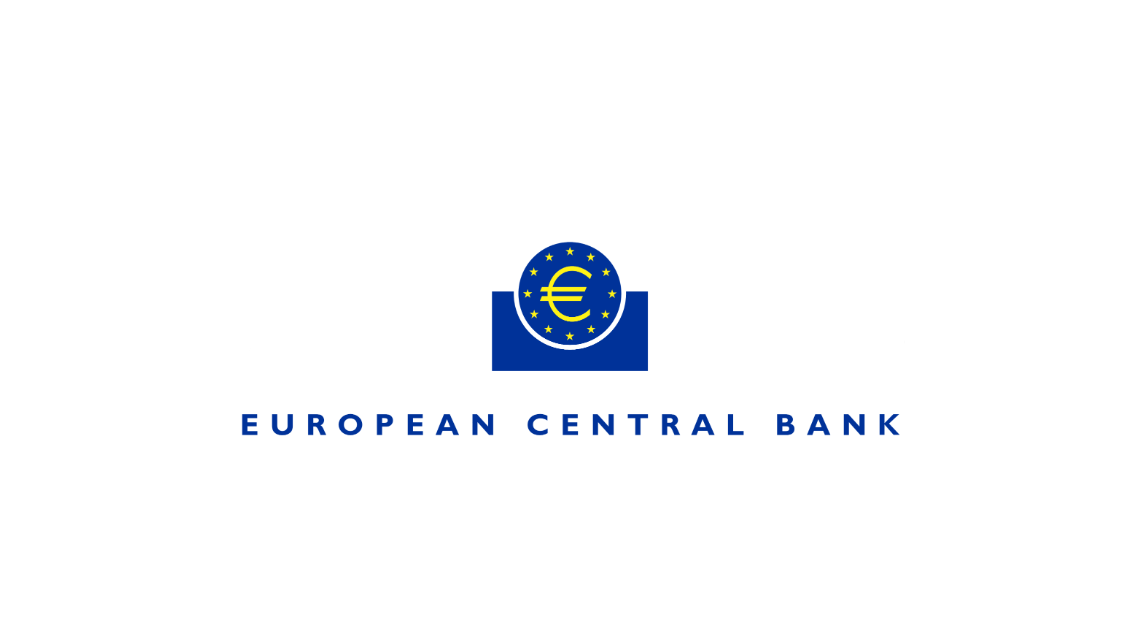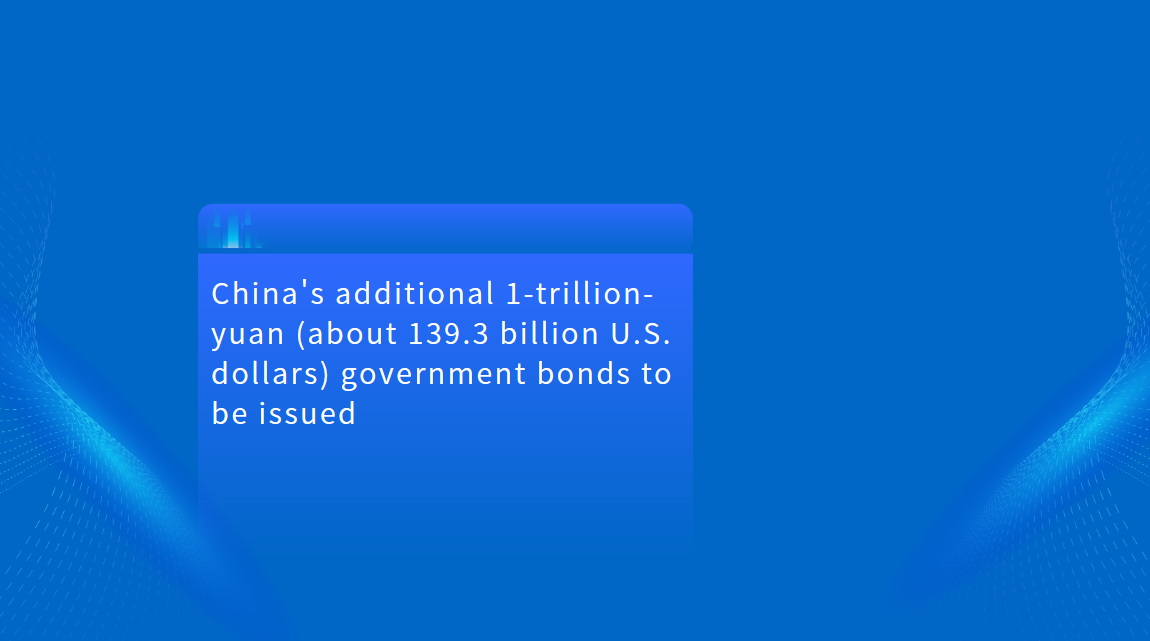China Overhauls Securities Regulations to Align with New Company Law
The CSRC revised 21 regulations, including the Administrative Measures for the Registration of Securities Issuance by Listed Companies, aligning them with the new Company Law. Key changes involve audit committees, supervisory boards, and independent directors. The term "general meeting of shareholders" is now "shareholders' meeting," and redundant rules on shareholding reduction were removed.
Additionally, 65 regulatory documents were modified or repealed, and two rules abolished. The updated Guidelines on Articles of Association for Listed Companies and Rules for Shareholders' Meetings strengthen shareholder rights and class-share regulations. Non-listed public companies and fund managers may now choose between audit committees and supervisory boards, with a transition deadline of January 1, 2026.

Encouraging Institutional Investment in IPOs
The CSRC revised the Administrative Measures for Securities Issuance and Underwriting to prioritize institutional investors in IPO allocations. Bank wealth management and insurance asset management products now qualify for preferential share distribution, supporting long-term capital. Stock exchanges can set allocation rules, especially for loss-making STAR Market firms.
To enhance market stability, strategic investors in IPOs are restricted from lending allocated shares during the lock-up period. Financial assistance rules were tightened, and terminology updated to reflect the new Company Law. Following these changes, Shanghai and Shenzhen stock exchanges adjusted underwriting and refinancing rules to further facilitate institutional participation.
Strengthening Information Disclosure
The CSRC amended the Administrative Measures for Information Disclosure by Listed Companies to improve transparency. Key updates include stricter risk disclosure, industry-specific reporting, and restrictions on outsourced disclosure services. Major announcements must now be made before the next trading session.
Disclosure obligations were expanded to include acquirers, transaction counterparties, and bankruptcy restructuring investors. Reporting guidelines were updated with more detailed financial indicators and clearer explanations for non-core businesses.
Market Impact
These reforms align China's capital markets with global standards, enhancing investor confidence through better governance, IPO allocation, and disclosure. The structured transition to 2026 allows market participants time to adapt while leveraging the new regulatory framework for investment strategies.






















































First, please LoginComment After ~